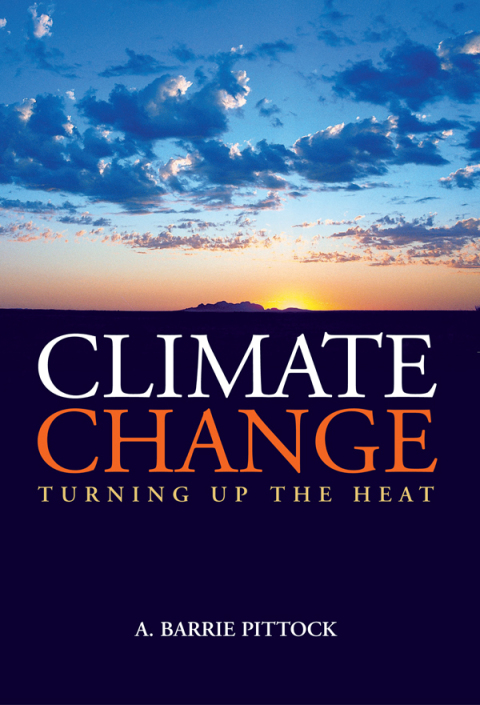Description
Efnisyfirlit
- Cover
- Title
- Copyright
- Contents
- Foreword
- Acknowledgements
- Introduction
- 1 Climate change matters
- Turning up the heat
- Why is the present rapid warming happening?
- The importance of delayed climate responses
- Observed impacts
- Trends in human vulnerability
- Projections of future climate change
- Facing the challenge
- Conclusion
- 2 Learning from the past
- Proxy data: clues from the past
- The record of the ice ages
- The causes of past climate change
- Rapid climate changes in the past
- The last 10,000 years
- Conclusions from the past record
- 3 Projecting the future
- The need for, and nature of, foresight
- Predictions, scenarios and projections
- The emissions scenarios used by the IPCC
- Projections of socio-economic futures
- Forecasting the weather
- Why climate projections are different
- The state of climate projections
- 4 Uncertainty is inevitable, but risk is certain
- Despite uncertainties, decisions have to be made
- Uncertainty in climate change projections
- From polarisation to probability and risk
- Estimating risk
- Uncertainty and the role of sceptics
- Application of the ‘precautionary principle’
- 5 What climate changes are likely?
- Projected climate changes
- Scenarios in a nutshell
- 6 Impacts: Why be concerned?
- Climate change impacts – reasons for concern
- Thresholds and abrupt changes
- Risks to unique and threatened systems
- Risks from extreme climate events
- Distribution of impacts
- Aggregate impacts
- Waking the ‘sleeping giants’
- Stabilisation of greenhouse gas concentrations
- Growing reasons for concern
- 7 Adaptation: living with climate change
- Adaptation concepts and strategies
- Costs and benefits of adaptation
- Implementation
- Effects of different rates of climatic change
- Equity issues in adaptation
- Enhancing adaptive capacity
- 8 Mitigation: limiting climate change
- Why mitigation is necessary
- How much mitigation is needed?
- Where we are now
- How difficult is mitigation?
- The looming peak in oil production
- Mitigation options
- Increased energy efficiency
- Fuel substitution
- Nuclear power
- Hydropower
- Solar energy
- Wind power
- Biomass energy
- Tidal, wave and geothermal energy
- The hydrogen economy
- Carbon capture and sequestration
- Land-based carbon sinks
- Changes in infrastructure and behaviour
- Technological innovation: attitude is vital
- The road to effective mitigation
- 9 Climate change in context
- Surface air pollution and climate change
- Stratospheric ozone depletion
- Biodiversity, agriculture and forestry
- Land degradation and desertification
- Freshwater
- Population growth
- Synergies and trade-offs
- Integration, sustainable development and equity
- 10 The politics of greenhouse
- Is the science credible?
- What about the uncertainty?
- How realistic are the scenarios?
- Choosing global and local emissions targets
- How urgently do we need to act?
- How much will reducing emissions cost?
- Meeting targets most efficiently
- International equity: what is fair?
- The importance of equity within countries
- Equity between generations
- The role of governments and NGOs
- What role should business take?
- The role of state and local governments
- So what are the politics of greenhouse?
- 11 International concern and national interests
- A brief history
- The Kyoto Protocol
- National interests and climate change
- African Nations
- Australia and New Zealand
- China
- European Union
- India, Pakistan and Bangladesh
- Latin America
- The Russian Federation
- Small Island States
- United States of America
- The common interest in global solutions
- 12 Accepting the challenge
- Looking beyond the Kyoto Protocol
- Addressing the key issues
- 13 Further information
- Introduction
- Bibliography/reading list
- Websites
- Index






Reviews
There are no reviews yet.